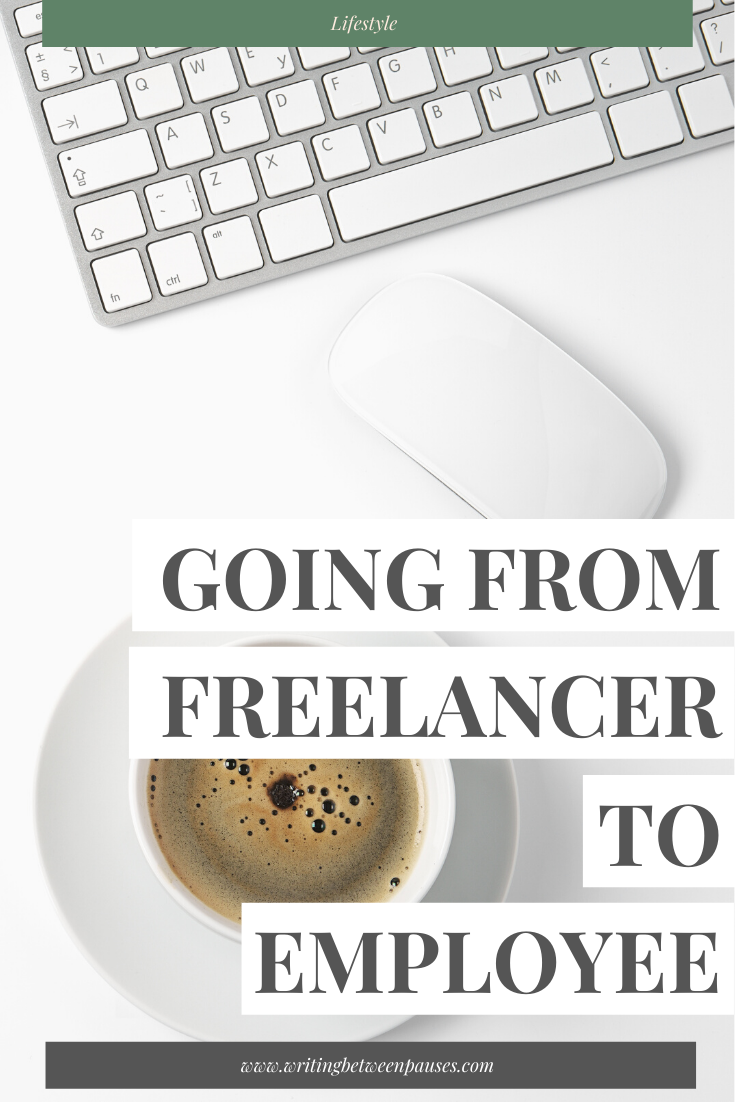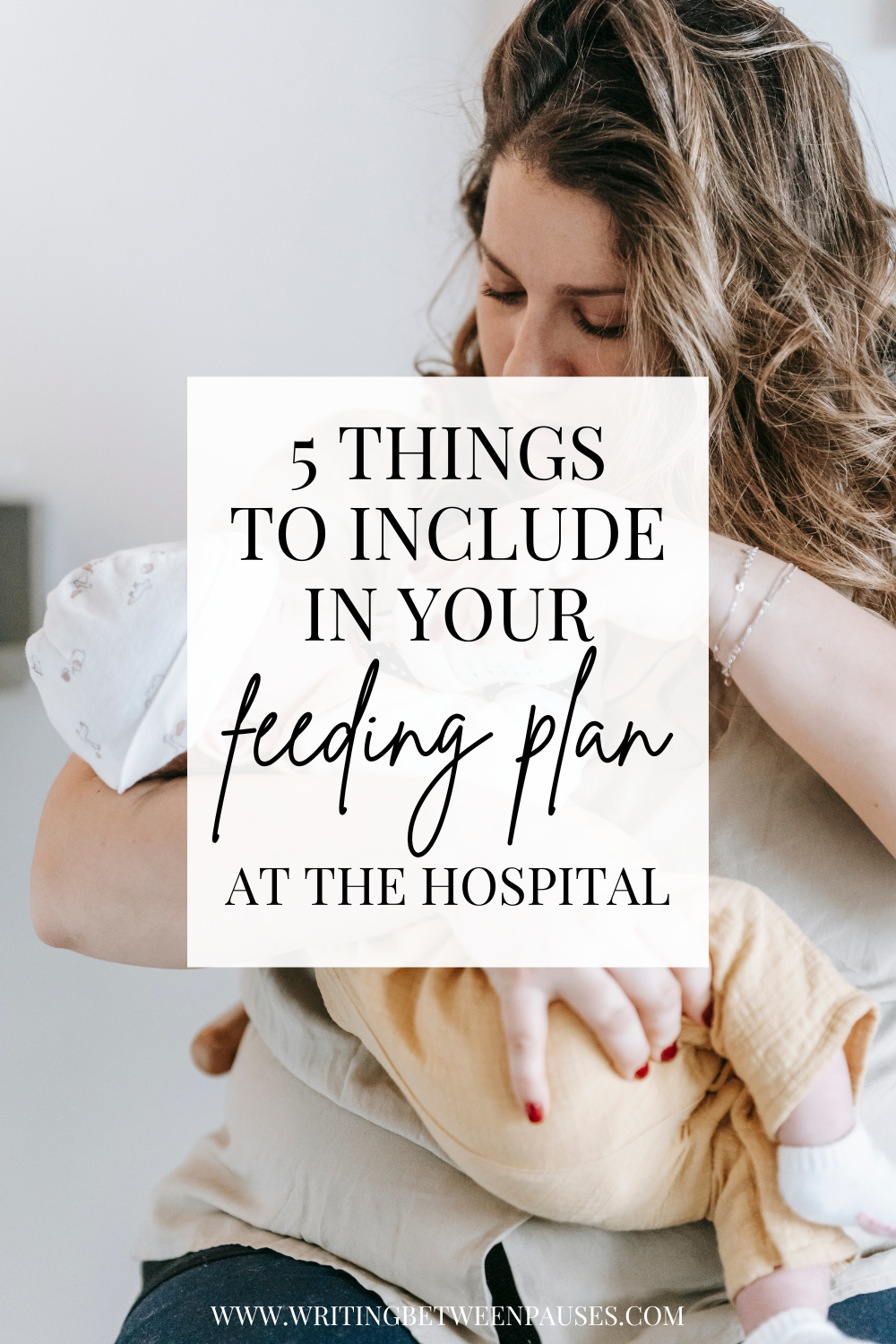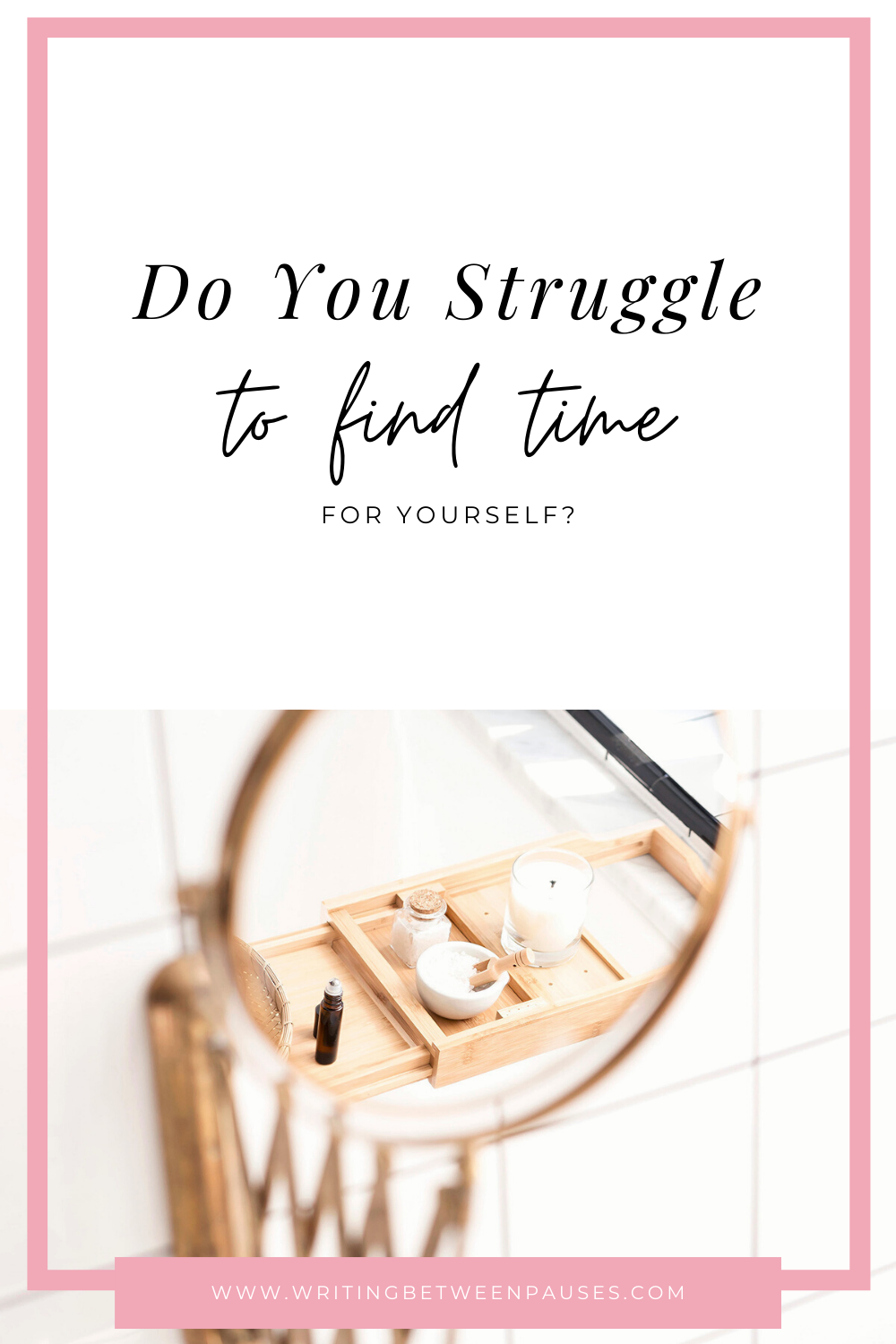For those who are new to NaNoWriMo, it can feel huge. Almost impossible.
50,000 words!? In a month?!
Even if you love writing, even if you’ve dreamed of writing a book (you know, you have 400 notebooks full of ideas, or the notes app on your phone with random mishmashed ideas written down), 50,000 words can feel like a lot if you’ve never actually finished a plot.
But I promise you: it’s actually not that huge.
In fact… it’s not even the length of the average novel.
Sorry! I know!
The truth is, 50,000 is usually a starting point for a novel. And it’s a good starting point! If you just want to get words onto paper, 50,000 is nothing to sneeze at.
And NaNoWriMo is honestly the most motivating way to do it.
I do NaNoWriMo every year and have since 2010. Is this my 9th NaNoWriMo? Yes! Am I as excited as I was in 2010? Also yes! I have won some years and not others, but I’m so proud of the years I completed.
As I wrote last year, I don’t write creatively with the focus on publishing. I usually write stories that I can’t stop thinking about, that I want to read. These novels are for me and me only. Maybe in the future, I’ll sit down and cobble them all into something big and maybe with the intention of publishing. But for now, I just love putting words onto paper and getting 50,000 of them out in the semblance of a story.
If this is your first year doing NaNoWriMo, I have some advice to help you. If you work full time, planning and writing can seem like a big, huge task. I’ve broken it down here for you.
Before we jump into my tips though, I wanted to make sure to share my previous NaNoWriMo blog posts!
Now, without further ado, let’s talking: working, planning, & winning NaNoWriMo.
1. Schedule your time.
I’m a big fan of scheduling my time. Since I’ve gone freelance, I usually dedicate my mornings to freelance & client work. Then, in the afternoon, I work on my blog or any creative writing I’ve been planning. I usually mark this out in my Google Calendar, then in my daily planner, along with my to do list.
During NaNoWriMo, I will often add NaNoWriMo specific time periods. For example, if I plan to drop my son off at school in the morning, I’ll plan to go to the library and write for an hour before heading home to work. This gets me out of the house; encourages me to dedicate at least an hour to NaNoWriMo; and allows me to look forward to it, especially if I’ve been thinking of the story.
Think of the time you have during the day. Could you take your lunch break at a coffee shop and write while you eat? Could you spare an hour right after work to write? Do you write best in the morning or the evenings? Think of your typical day and schedule your time accordingly.
2. Write an outline, of course.
I’m a big fan of outlining. I know some people prefer a “pants” (that is “flying by the seat of your pants”) approach to NaNoWriMo, but I think most pantsers are the ones nervous about finishing or failing. (Although I would argue not finishing NaNoWriMo isn’t “failure.”)
If you have time to get ready for NaNoWriMo, then surely you have time to write an outline, even a rudimentary one.
I’ve written outlines for 8 out of 9 NaNos. Only the first year was I pantser, and while I finished, it’s one of the most disjointed things I’ve ever written. I haven’t won every NaNo; there have been 2 years when I outlined, when I didn’t finish. 2013: I cannot remember why. And 2015: when I had just had my son.
Outlining is a huge help. So, write an outline. At the end of this blog post, I have a handy-dandy guide which includes an outline exactly how I outline my NaNo novels.
3. Be realistic.
Plain and simple: if you work a high stress job, or you work and have kids, it’s important to be realistic. Every year, I approach NaNoWriMo with the idea that if I finish, I’ll be excited; but if I don’t, it’s ok. There is no reason to beat myself up for it. I’m busy and I have a lot going on! NaNoWriMo makes me happy, but if it starts to feel like a burden, I know I need to take a break or stop completely.
All I’m saying here is this: be realistic about your expectations of NaNoWriMo. If you already get up at 6am, you aren’t going to feel good waking up an hour early to write. If your job demands your full attention from the moment you get there to the moment you leave, you aren’t going to be able to break away for a few sneaky NaNo words.
4. Download my free planning guide.
It goes without saying that having a plan in place is so important to finishing NaNoWriMo, especially if you already have huge demands on your time, like work, kids, grad school… you name it. I put together a planning guide to help you get a few pieces in place.
My planning guide includes:
A schedule to help you plan your days, as well as write down some spots you like to write & your favorite writing tools, so you know what to grab everyday when you’re leaving your house.
An outline guide to help you plan your outline. This follows my guide that I write about in this blog post here.
A self-care worksheet to help you write down some ideas for taking a break and keeping your stress level down.





















